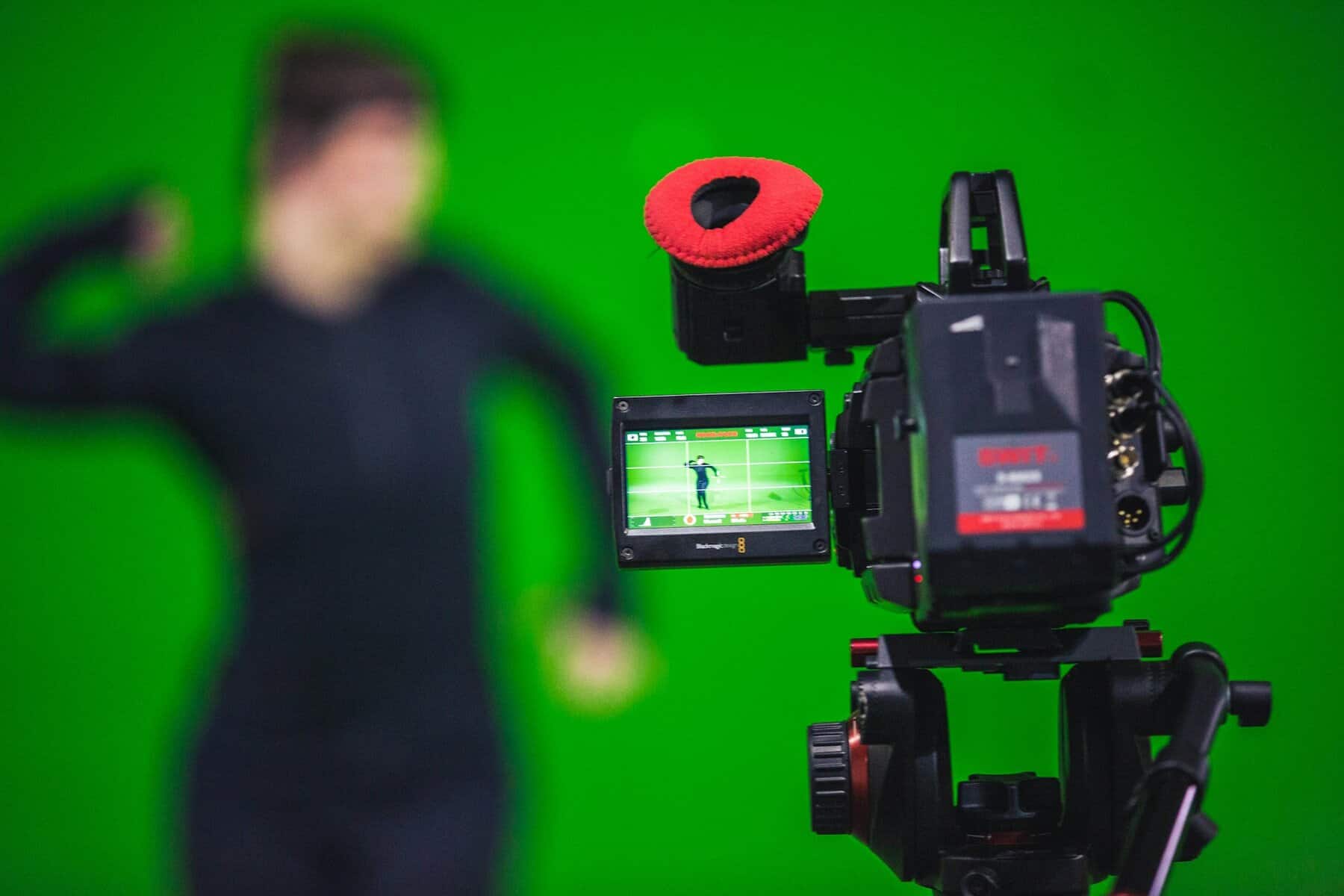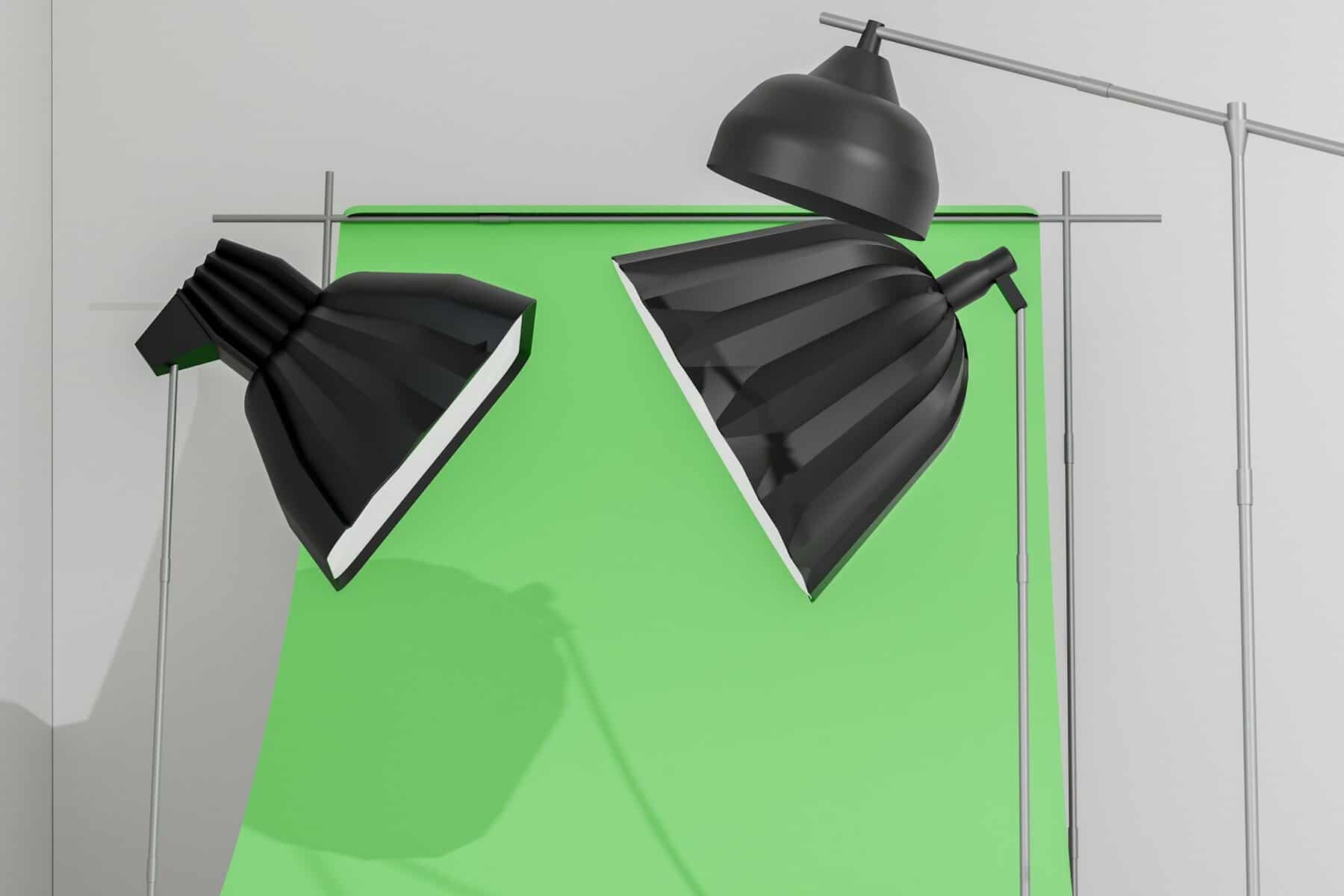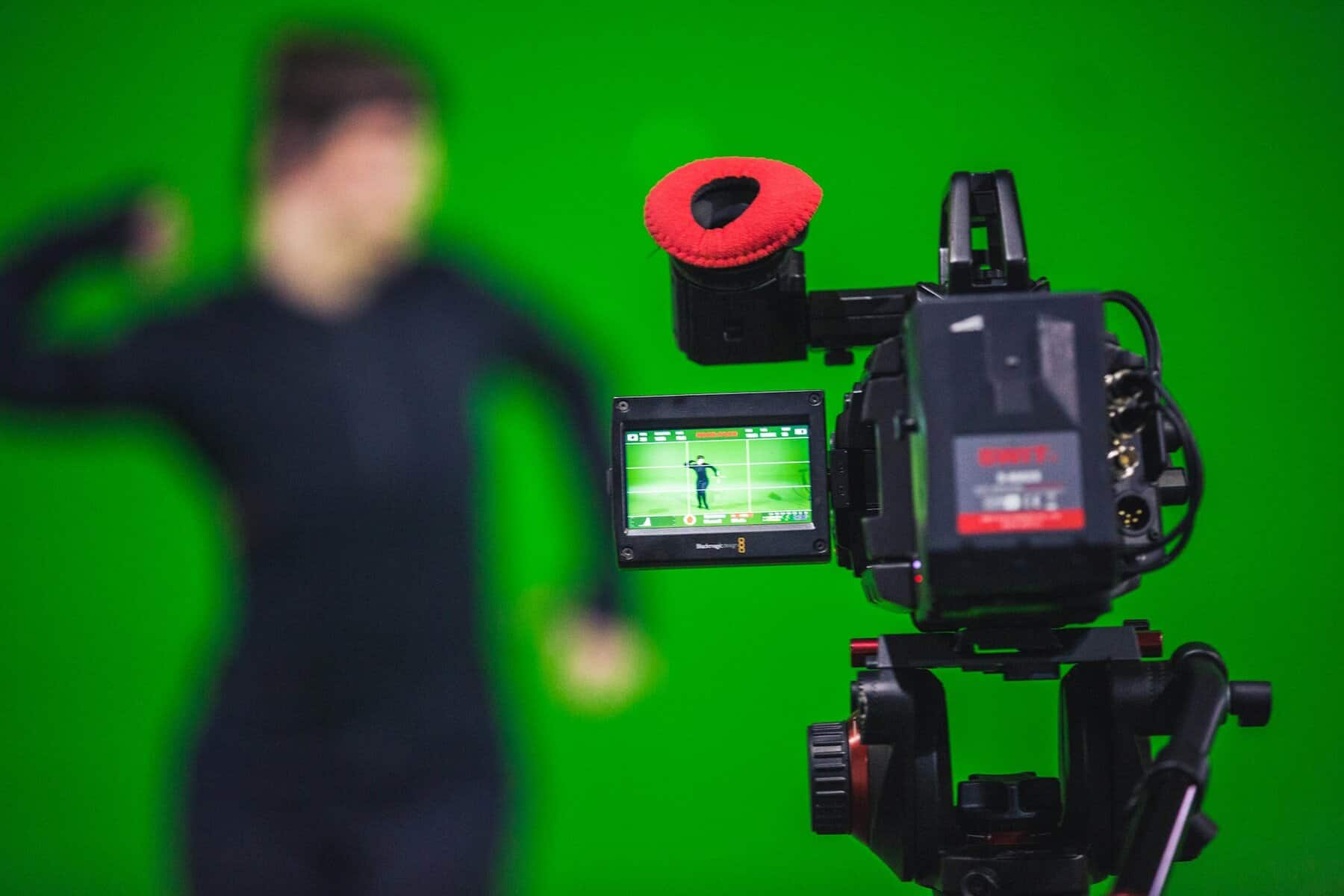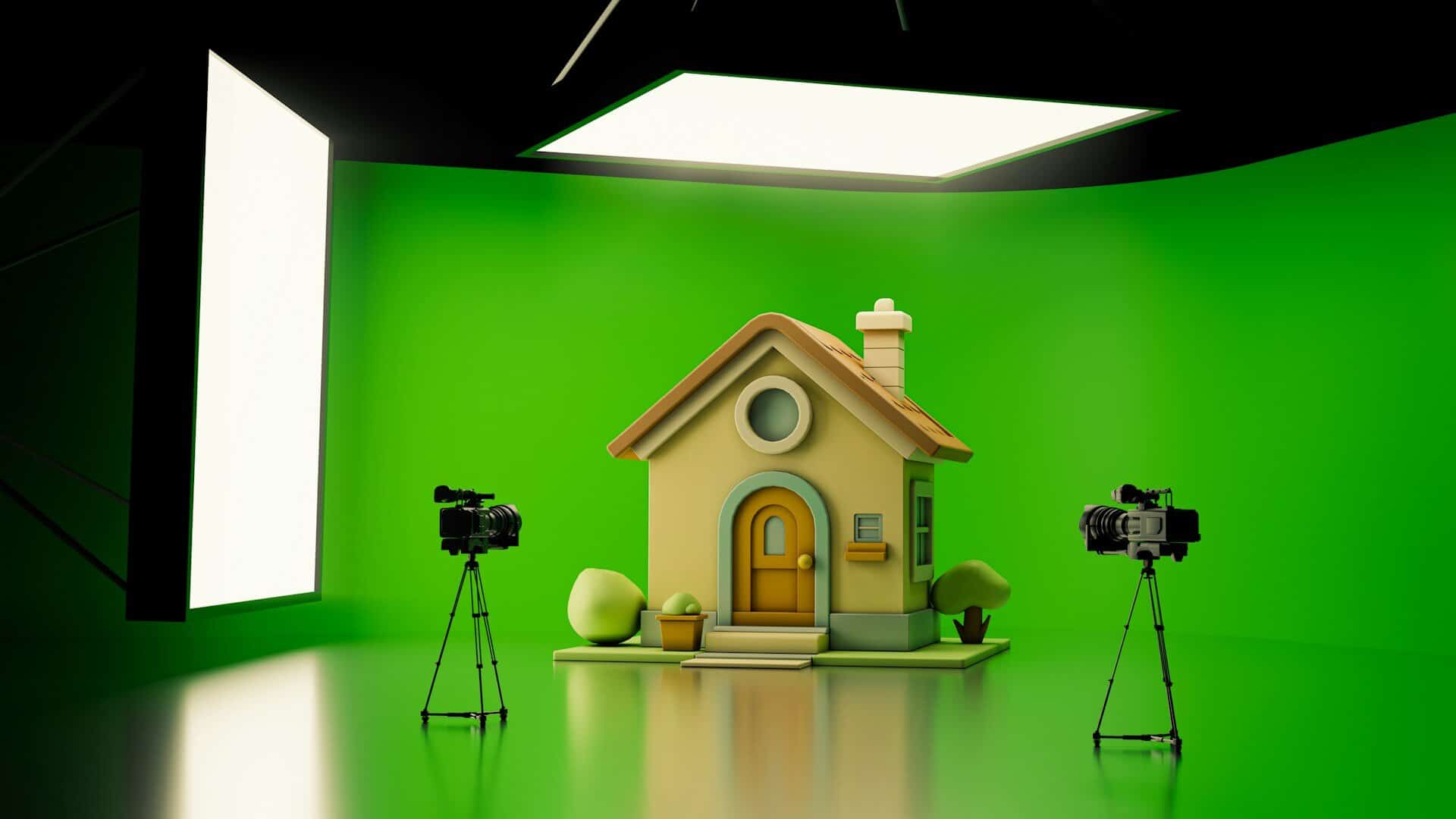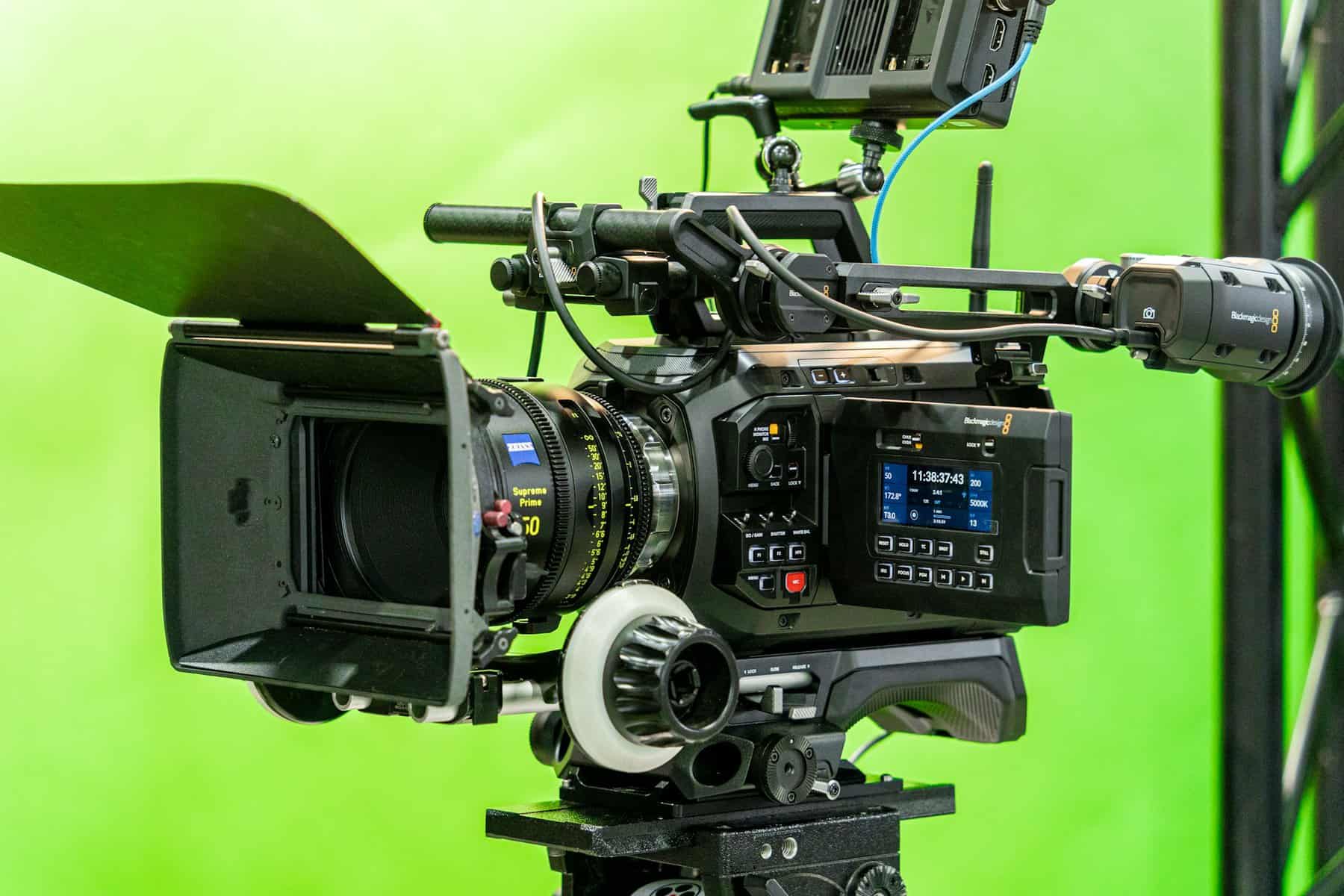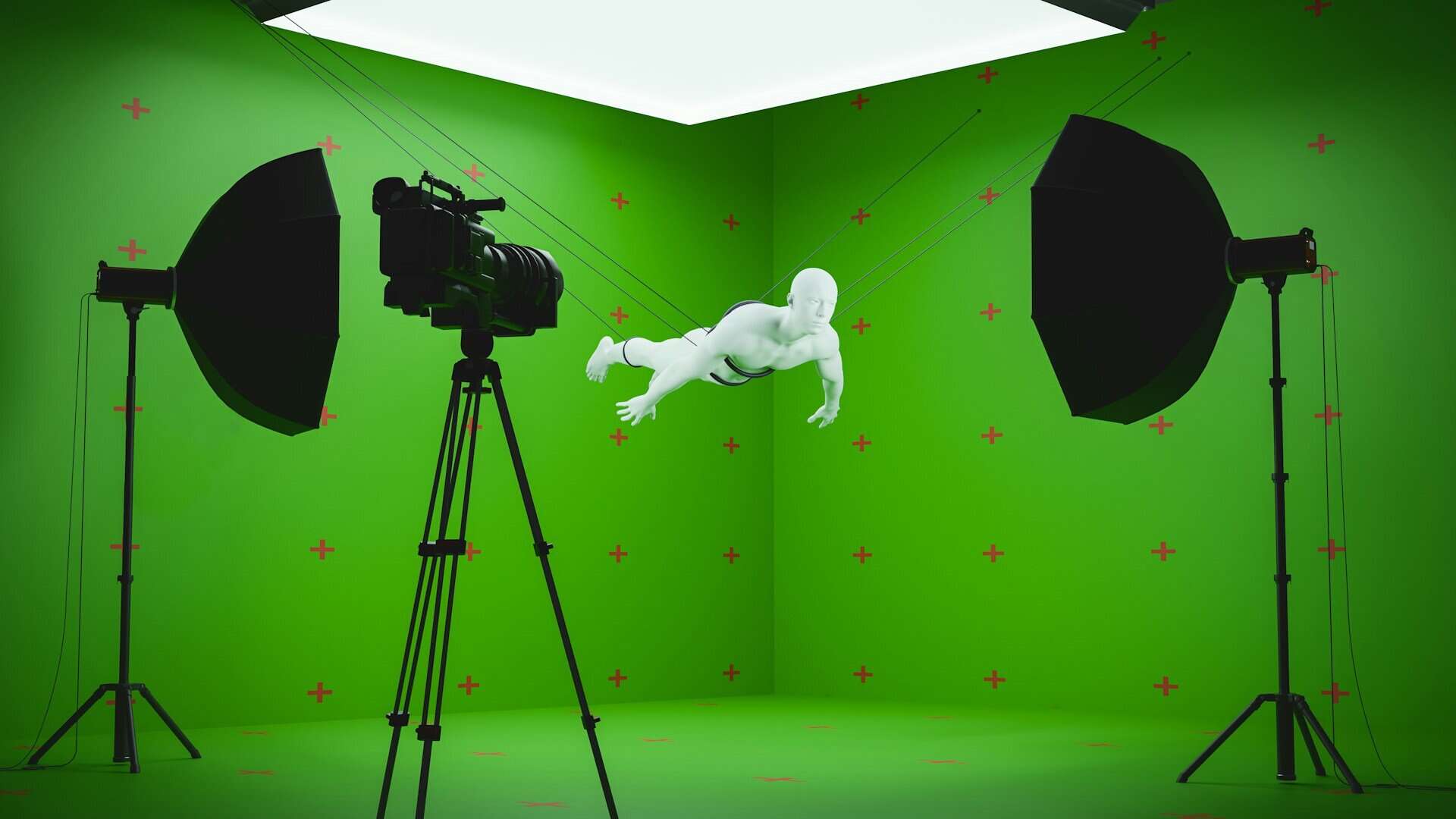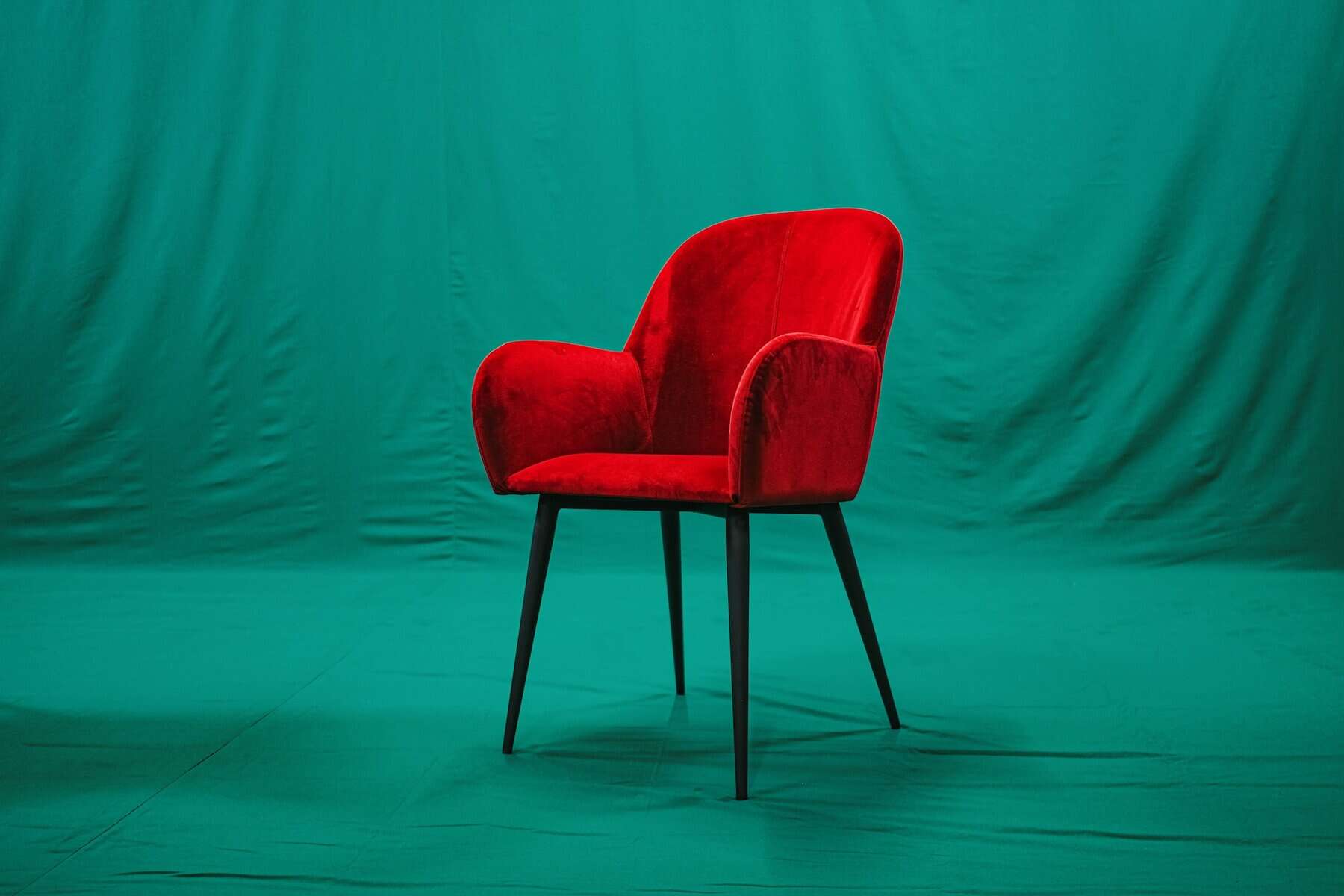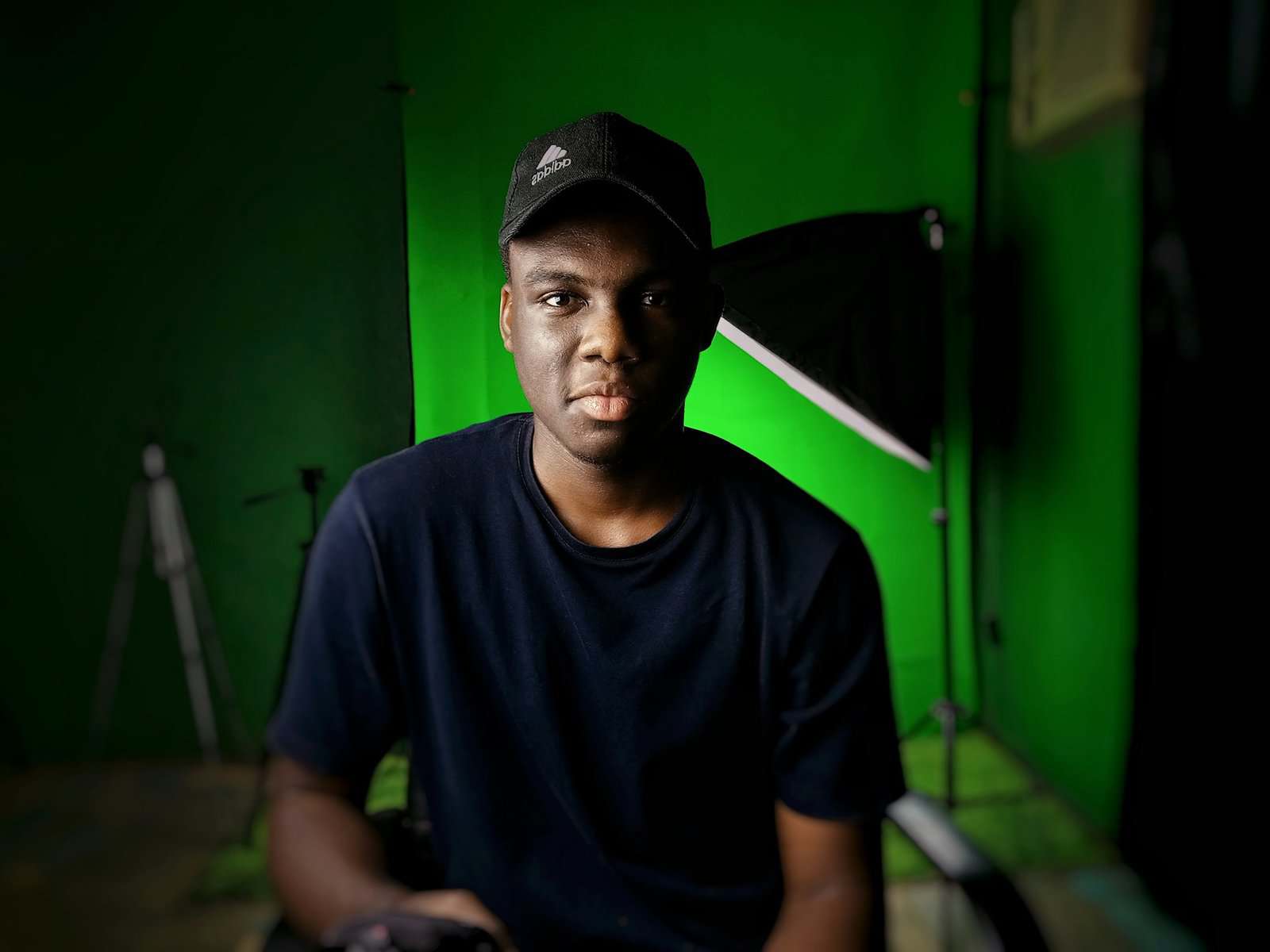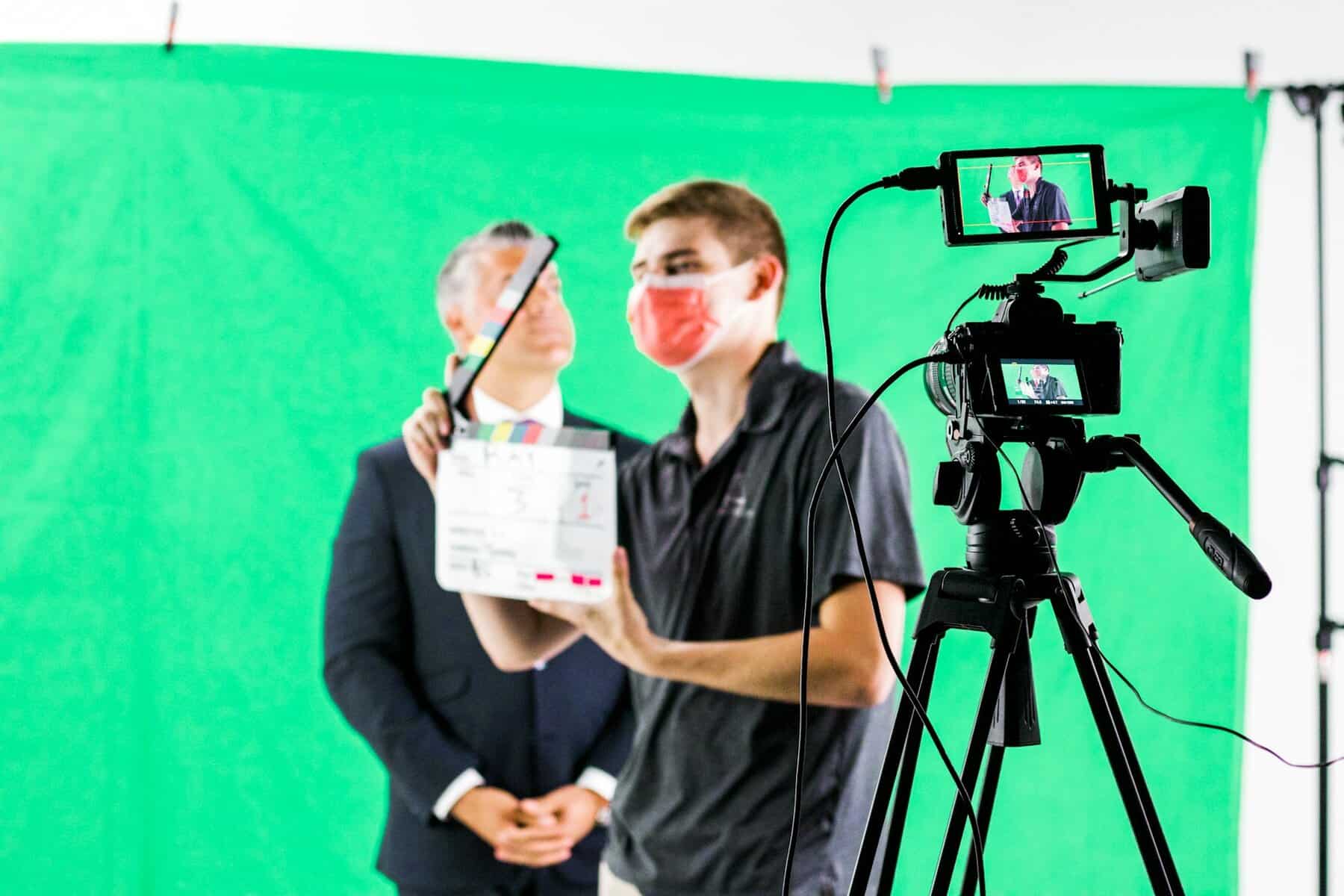December can sneak up fast, with holiday plans and end-of-year projects filling the calendar. But while it may seem like a time to slow down, it’s actually one of the smartest months to prep for upcoming content production. If you’re building campaigns that include video components, using a green screen studio rental in Cincinnati now can make a big difference. It helps avoid the headache of bad weather and makes production easier to manage on a tight timeline.
Setting things up early gives you a chance to work ahead while others are still catching up. Whether you’re planning a jingle-based commercial or something more visual, starting now means fewer hold-ups later. There’s less pressure, more flexibility, and better results when your team isn’t rushed. Let’s go through why this month makes so much sense for production planning, especially when visuals and sound need to come together smoothly.
Why Winter Scheduling Works in Your Favor
A lot of production work gets packed into early January. That makes December a great time to lock down resources before the rush begins. Studio calendars tend to open up toward the end of the year, giving us more options when we need to book space or line up crews.
• Many brands aim to finish work before the holidays hit full swing, which means lighter competition for time slots.
• Locking in your studio schedule now can speed up the process later, especially for early-year campaigns.
• We get more room to think creatively when there aren’t constant time pressures or last-minute schedule changes.
By planning in December, we take advantage of calmer schedules. That helps us spend more time actually creating, not scrambling. It’s a solid strategy that sets the tone for stronger results heading into the next quarter.
Making the Most of Indoor Production Options
Winter in Ohio can be unpredictable. One day it’s clear, the next we’re dodging snow or freezing winds. That’s why leaning into indoor options during December just makes sense. A green screen setup keeps things stable and consistent no matter what it looks like outside.
• With a green screen, we can build scenes that would be tough or impossible to shoot this time of year.
• We don’t lose production days because of icy roads, freezing gear, or fading daylight.
• Inside, we control the lights, sound, and space from start to finish, no guessing, no weather reshuffling.
Prepping indoor shoots now means we don’t have to compromise later. We can plan for specific visuals, style them clearly, and stay on schedule no matter what’s happening beyond the studio walls.
Killerspots Agency provides full-service studio rentals with customizable green screen options, professional lighting, and on-site editing support to streamline Cincinnati video projects during the unpredictability of winter. Our team understands that not every shoot fits neatly into the outdoor schedule, especially in December. When the temperature drops or outdoor sets turn tricky, using a green screen setup inside means everyone stays comfortable and production runs smoother. Plus, the ability to manipulate backgrounds or create eye-catching effects on demand opens creative doors to more engaging content.
By choosing an indoor studio with flexible green screen options, we can stage multiple concepts in one day without lugging equipment from location to location. This lets us build various looks and settings, all from the safety and warmth of a controlled space. It also gives us more time to focus on the finer details, so little touches don’t get lost in all the rushing and rescheduling that winter can throw at outdoor projects. The right space gives the whole team a creative advantage, making it easier to meet project goals and deliver sharp results.
Creative Planning for Jingles and Visual Ads
Jingle production takes more than just good lyrics or a catchy melody. When you pair sound with video, the message lands stronger and sticks longer. December is a great time to bring those elements together before things get hectic.
• Early prep gives us time to match jingles to visuals, not just layer them after the fact.
• We can build in winter looks or themes while still keeping the brand voice clear.
• There’s more room for sound designers and editors to fine-tune pacing, transitions, and timing.
By tackling creative planning now, we open the door to higher quality. It leads to cleaner cuts, smoother flows, and a stronger connection between what people see and what they hear. The extra time pays off in the final product.
Fine-tuning campaigns in December means more opportunities for collaboration across teams. When scriptwriters, composers, directors, and editors all work together from the start, every part of the ad ties in seamlessly. We’re able to test out ideas and adjust the timing so that the visuals and music support each other, whether it’s a short radio spot, a long-form video, or a quick social media jingle. By building in that extra lead time, every transition feels natural, and the final commercial makes an impression.
Even better, producing both audio and video in a green screen studio helps keep schedules tight and communication clear. Editors can tweak the visuals on the spot, lining up each note with a visual cue, while sound designers add just the right seasonal touches. With December’s schedules already filling up, it feels good knowing the creative parts of a project can stay on track, even if winter throws us a curveball.
Local Benefits of Staying Close to Home
Scheduling a green screen studio rental in Cincinnati now also makes life easier logistically. Staying local is helpful in December, when travel is tricky, and everyone’s calendar is tighter than usual.
• Shooting nearby means we skip the stress of flight delays, long drives, or hotel bookings.
• Local crews often have more availability around the holidays and are quicker to adjust when plans shift.
• Building relationships with people in our own area means fewer surprises and faster turnarounds on future projects.
Keeping it local saves time and energy. It also builds a rhythm that supports better communication, faster planning, and stronger creative work all the way through the season.
Filming locally has other benefits, too. When we don’t have to juggle travel or work with unfamiliar venues, we spend more time getting the scenes just right. Local experts also know the ins and outs of Cincinnati. They can suggest solutions before problems come up, recommend back-up plans for last-minute changes, and connect us with resources we may not have considered. That hometown connection not only speeds up project work but helps support other local businesses. It gives every ad a sense of place and comfort, making the message resonate even stronger with local audiences.
When everyone’s close by, it’s easier to reschedule or pull in new talent if a last-minute opportunity comes up. That’s especially helpful in December, when people are still available before holiday travel kicks in. Working nearby also means faster feedback, smoother communication, and knowing everyone on set is comfortable and knows what to expect.
Stay Ahead While Others Catch Up
Getting a jump on production in December isn’t just smart, it’s efficient. While others are still recovering from the holiday rush, we’re already several steps ahead, with footage in the can and editing underway. That kind of head start relieves pressure across the board.
Setting things in motion now makes every part of the project easier later. It gives us more choices, more time to solve problems, and better odds of getting the exact look and sound we want. By taking advantage of quieter studio schedules and steady indoor setups, we can build stronger campaigns that are ready to go right when they matter most.
When we wrap production before the new year arrives, our content stands ready for the early months, not caught up in a last-minute scramble. There’s even time for extra reviews, edits, or creative tweaks to make every spot shine. Our clients appreciate knowing their campaigns are secure and sitting ahead of the curve, rather than delayed by weather, travel, or overbooked calendars.
If a big campaign launch is on the horizon, working ahead opens the calendar for more strategic planning. More flexibility means thicker storyboards and smarter choices for targeting, distribution, and future messaging. This season offers a rare window when production can move quickly and intentionally, giving us an edge that lasts well into spring.
Kickstart your winter content production with a green screen studio rental in Cincinnati. At Killerspots Agency, we provide the controlled environment you need to bring your creative ideas to life without the stress of unpredictable weather. Our dedicated team ensures your projects remain on schedule, allowing you to focus on crafting exceptional visuals and sound. Reach out to us and make your December production process smooth and successful.


